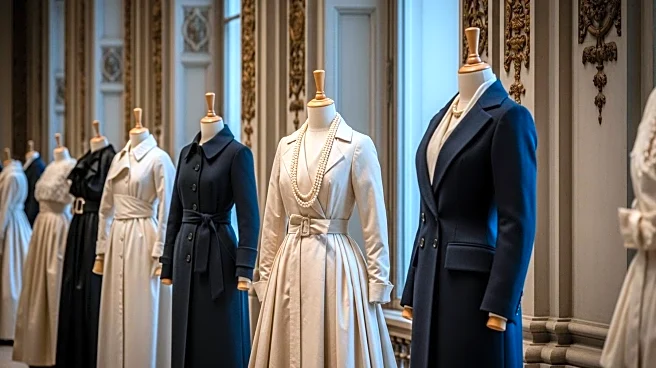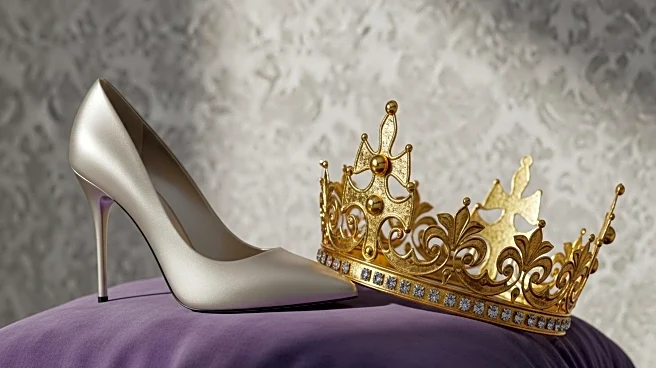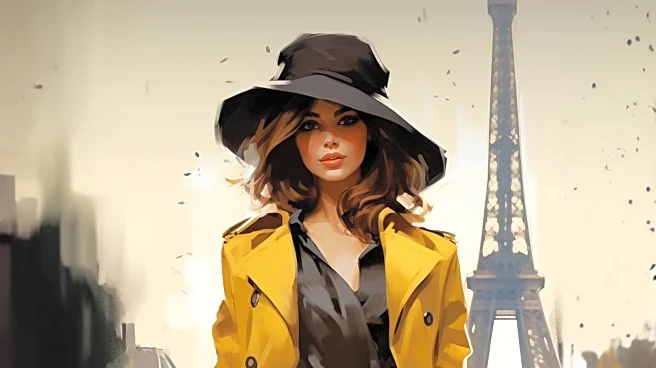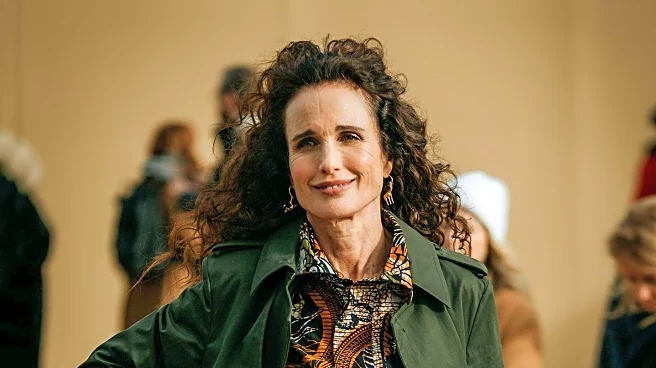What's Happening?
Saurabh Pandey, originally from a small village in Uttar Pradesh, has transformed his life from being mocked for his accent and dreams to becoming a celebrated fashion designer. Despite facing ridicule and societal pressures, Pandey's determination and talent caught the attention of renowned fashion icon Manish Malhotra. His career trajectory took him from working in a Mumbai mall to designing for luxury brands such as Gucci, Prada, and Dior. Pandey embraced his quirks and authenticity, which once led to mockery, and used them to build a strong social media presence, gaining millions of followers and admirers.
Why It's Important?
Pandey's story is significant as it highlights the power of self-acceptance and resilience in overcoming societal barriers. His success serves as an inspiration to individuals facing similar challenges, demonstrating that authenticity and perseverance can lead to opportunities and recognition. The fashion industry, often criticized for its exclusivity, benefits from diverse voices like Pandey's, which can drive cultural and creative shifts. His journey underscores the importance of embracing one's roots and uniqueness in achieving success, potentially influencing public perceptions and industry practices.
What's Next?
As Pandey continues to gain recognition, he may influence the fashion industry's approach to diversity and inclusion. His success could encourage other designers from non-traditional backgrounds to pursue their dreams, potentially leading to a broader representation in fashion. Stakeholders in the industry might seek collaborations with Pandey to tap into his unique perspective and growing influence. Additionally, his story could inspire initiatives aimed at supporting emerging talent from underrepresented communities.
Beyond the Headlines
Pandey's journey also raises questions about societal norms and the pressures faced by individuals in rural areas. His success challenges stereotypes and highlights the potential for change in cultural attitudes towards fashion and self-expression. The ethical dimension of his story involves the broader acceptance of diverse voices in creative industries, which can lead to more inclusive and representative cultural narratives.










